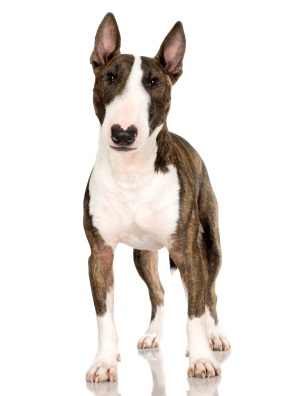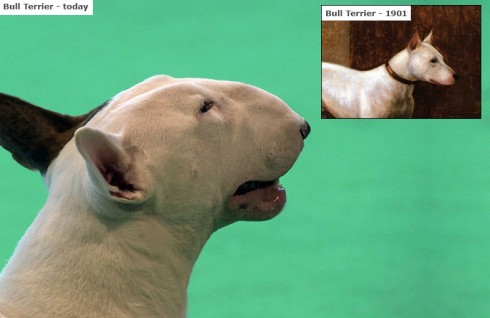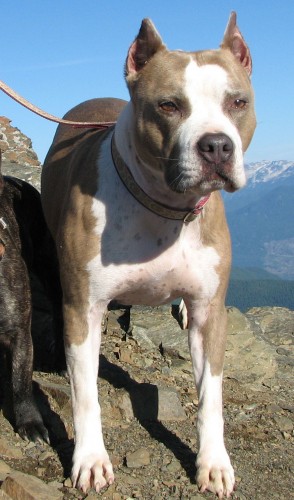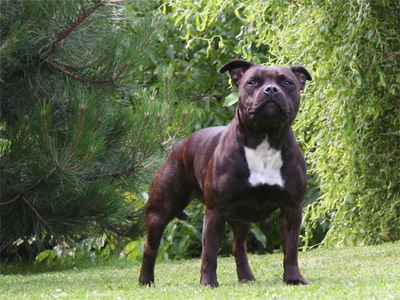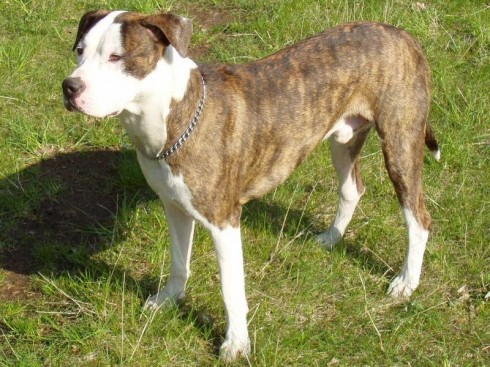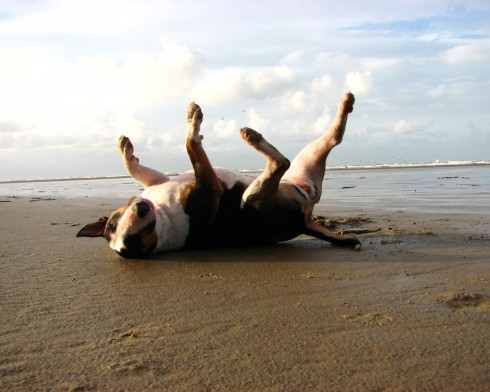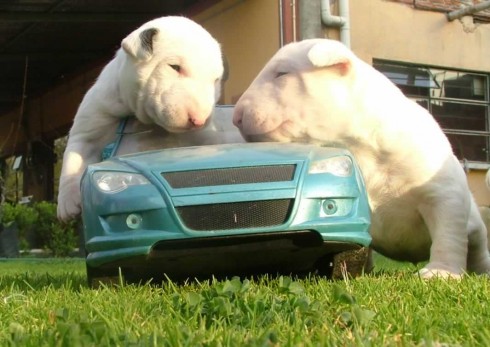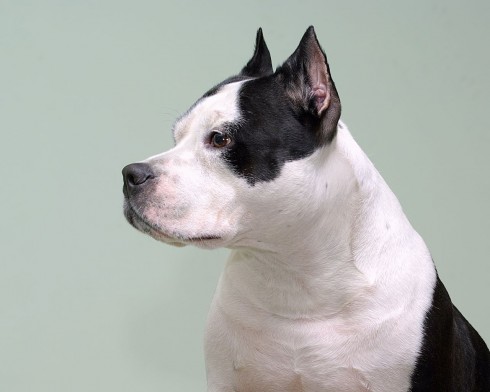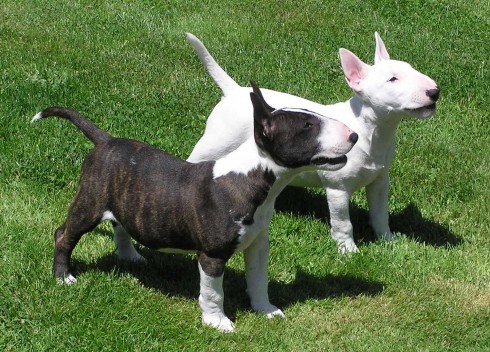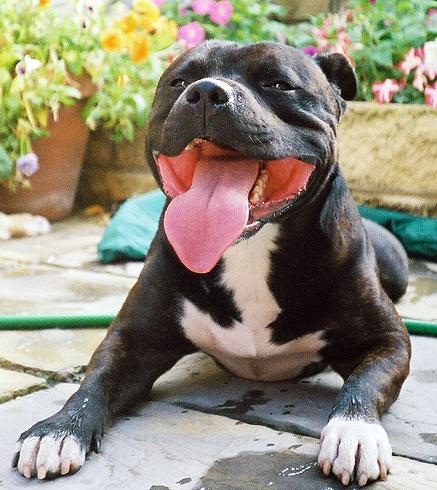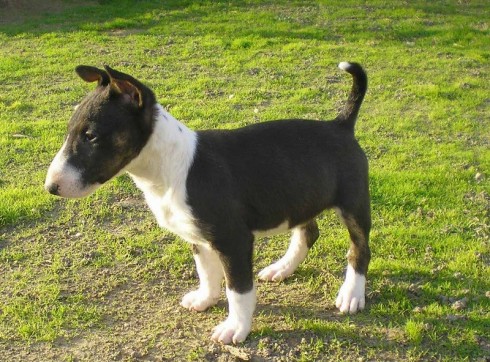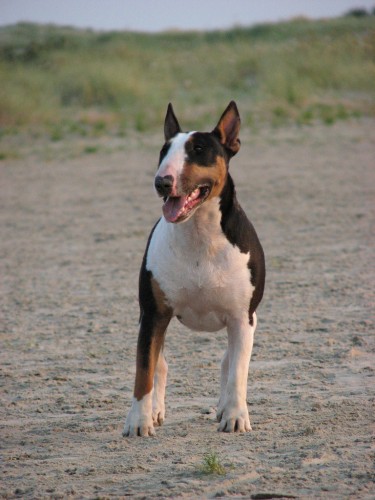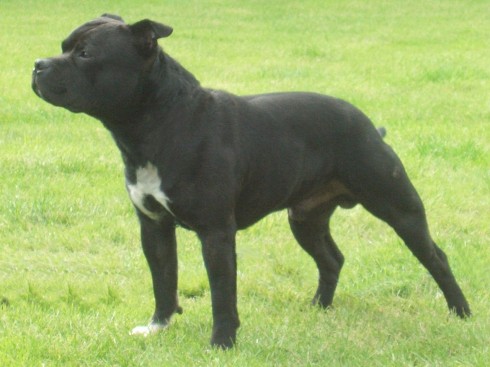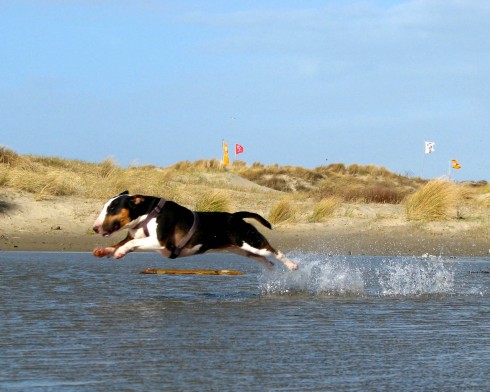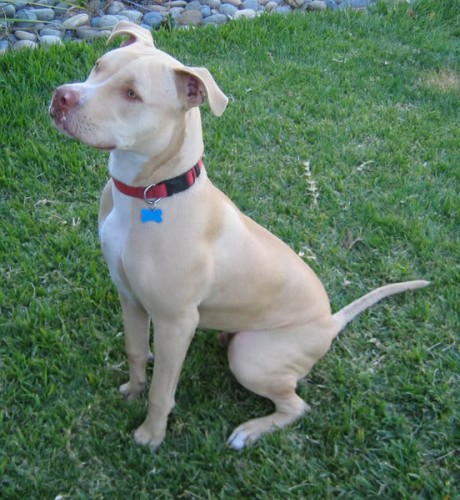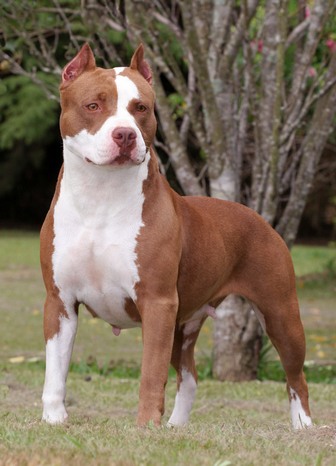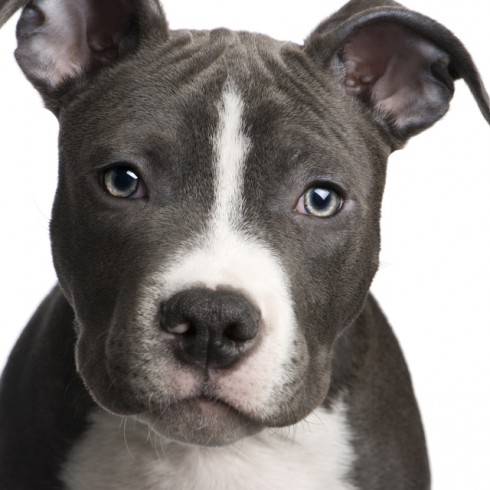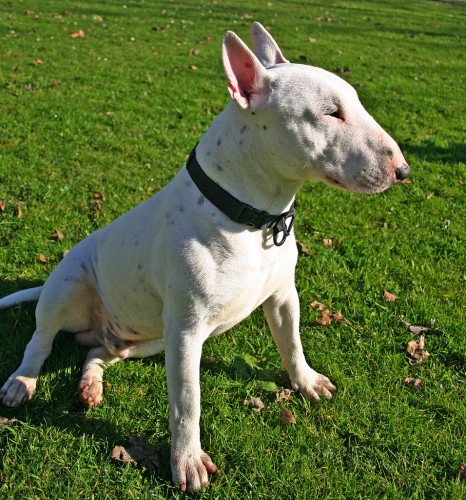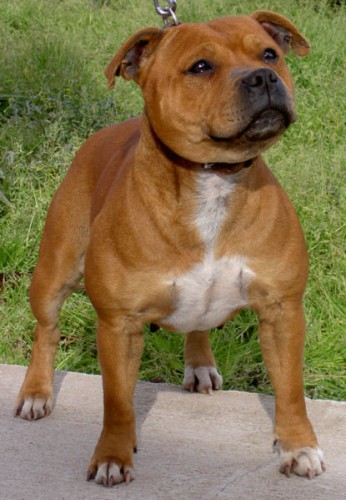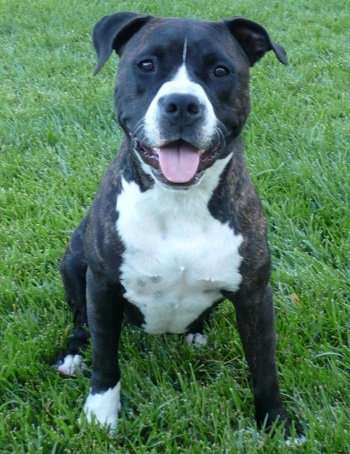Main Index
In Store
Our Web Store
Miniature Schnauzer Picture Gallery
Latest Dog Blogs
- What Are The Basic Commands To Train A Dog?
- PaySafe As The Most Popular Type Of Deposit
- Everything You Need To Know About Pet Sales
- Dogs Contribute To Our Physical And Mental Well Being
- How To Choose Where To Bet On Greyhounds In 2022
- Volunteer With Animals - How To Help Dogs Around The World
- Basic Understanding Of The House Edge
- Why You Should Get A Dog
- Top 20 Popular Dog Names Around The World
- Constipation in Dogs and How to Find Solutions
Bull Terrier
Bull Terrier Clubs/Associations
The Full Bull Terrier Description
The Bull Terrier is valued as a loyal and loving friend. Because they are so muscular, Bull Terriers need plenty of exercise to stay fit, and love nothing more than playing catch with a bouncy rubber ball. They make the most delightful of companions -- in the city or country.
Did you know?
The Bull Terrier comes in two varieties, the coloured and the solid white.
Their coat is short and glossy and requires very little grooming.
The Bull Terrier loves games with a ball or other toys and all sorts of outdoor activities.
So you want to own a Bull Terrier?
Today's Bull Terriers are playful, fun-loving, sensitive, and affectionate dogs who make wonderful pets and companions, despite their tough appearance.
They have tiny triangular eyes, and short erect ears.
The Bull Terrier is happiest when they are with the people they love. The closer the better. They are miserable and unhappy if shut away in a basement or kept outside away from human companionship.
Indicative Breed Standard
General Appearance
Strongly built, muscular, well balanced and active with a keen, determined and intelligent expression.
Characteristics
The Bull Terrier is the gladiator of the canine race, full of fire and courageous. A unique feature is a downfaced, egg-shaped head. Irrespective of size dogs should look masculine and bitches feminine.
Temperament
Of even temperament and amenable to discipline. Although obstinate is particularly good with people.
Head and Skull
Head long, strong and deep right to end of muzzle, but not coarse. Viewed from front egg-shaped and completely filled, its surface free from hollows or indentations. Top of skull almost flat from ear to ear. Profile curves gently downwards from top of skull to tip of nose which should be black and bent downwards at tip. Nostrils well developed and under-jaw deep and strong.
Eyes
Appearing narrow, obliquely placed and triangular, well sunken, black or as dark brown as possible so as to appear almost black, and with a piercing glint. Distance from tip of nose to eyes perceptibly greater than that from eyes to top of skull. Blue or partly blue undesirable.
Ears
Small, thin and placed close together. Dog should be able to hold them stiffly erect, when they point straight upwards.
Mouth
Teeth sound, clean, strong, of good size, regular with perfect, regular and complete scissor bite, i.e. upper teeth closely overlapping lower teeth and set square to the jaws. Lips clean and tight.
Neck
Very muscular, long, arched, tapering from shoulders to head and free from loose skin.
Forequarters
Shoulders strong and muscular without loading. Shoulder blades wide, flat and held closely to chest wall and have a very pronounced backward slope of front edge from bottom to top, forming almost a right angle with upper arm. Elbows held straight and strong, pasterns upright. Forelegs have strongest type of round, quality bone, dog should stand solidly upon them and they should be perfectly parallel. In mature dogs length of foreleg should be approximately equal to depth of chest.
Body
Body well rounded with marked spring of rib and great depth from withers to brisket, so that latter nearer ground than belly. Back short, strong with backline behind withers level, arching or roaching slightly over broad, well muscled loins. Underline from brisket to belly forms a graceful upward curve. Chest broad when viewed from front.
Hindquarters
Hindlegs in parallel when viewed from behind. Thighs muscular and second thighs well developed. Stifle joint well bent and hock well angulated with bone to foot short and strong.
Feet
Round and compact with well arched toes.
Tail
Short, set on low and carried horizontally. Thick at root, it tapers to a fine point.
Gait/Movement
When moving appears well knit, smoothly covering ground with free, easy strides and with a typical jaunty air. When trotting, movement parallel, front and back, only converging towards centre line at faster speeds, forelegs reaching out well and hindlegs moving smoothly at hip, flexing well at stifle and hock, with great thrust.
Coat
Short, flat, even and harsh to touch with a fine gloss. Skin fitting dog tightly. A soft textured undercoat may be present in winter.
Colour
For White, pure white coat. Skin pigmentation and markings on head not to be penalised. For Coloured, colour predominates; all other things being equal, brindle preferred. Black, brindle, red, fawn and tricolour acceptable. Tick markings in white coat undesirable. Blue and liver highly undesirable.
Size
There are neither weight nor height limits, but there should be the impression of maximum substance for size of dog consistent with quality and sex.
About Our Article Directory
- Article
- 27 November 2010
- 2 comments
Bull Terrier Aggression Behaviour
- Breed Article
- 31 October 2010
- 1 comment
Canis lupus familiaris
- Breed Article
- 29 May 2010
- No comments
Quick Search
Donate
Latest Dog Pods
- Tips on How to Stop Your Dog from Biting
- Beware - Not All Advertised Dog Rescues Really Are! How Can You Know The Truth?
- Helpful Tips For Dog Obedience Problems
- How to Keep Dogs From Eating Poop
- Dog Grooming Tips - A General Overview of the Very Basics of Dog Grooming
- Recognising Different Types of Dog Obedience Problems
- 5 Important Tips On Feeding A Puppy


